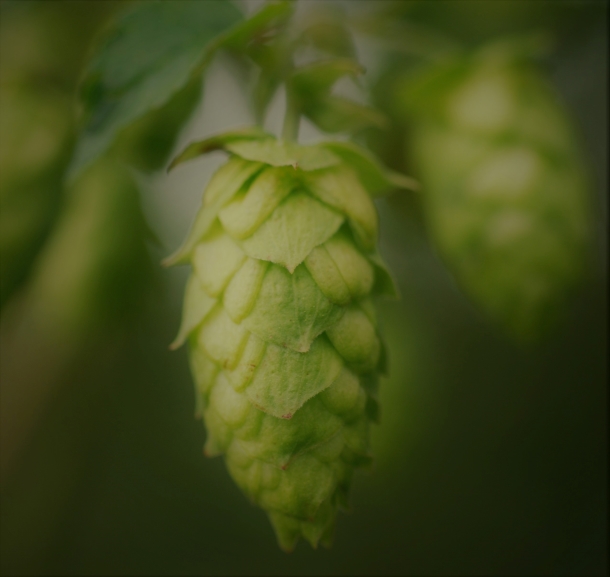
When a new hop variety is given a name these days many brewers have a good idea what she will smell and taste like in beers because 10 years or more may pass before a seed turns into a plant that farmers and brewers can trust. Many breweries will have participated in trials to evaluate the hop.
A name is the final step, but an important one. When Yakima Chief Hops offered HBC 291 for sale in 2016, just months before the Hop Breeding Company named her Loral, they included a disclaimer: “Due to the experimental nature of these varieties, it is advised that brewers do not build a specific brand based on these hops. At this time, we recommend using these varieties for one-off or seasonal brews.”
The most anticipated new name this year is whatever HBC is calling HBC 692. Releasing the name is an event is on the calendar (Sept. 9, 9 a.m. PST) for Yakima Chief’s virtual hop harvest. HBC 692 is a daughter of Sabro and depending on who is describing the aroma and flavor is packed with “grapefruit, floral, stone fruit, potpourri, woody, coconut, and pine.” She is a high impact hop, bound for plenty of hazy IPAs.